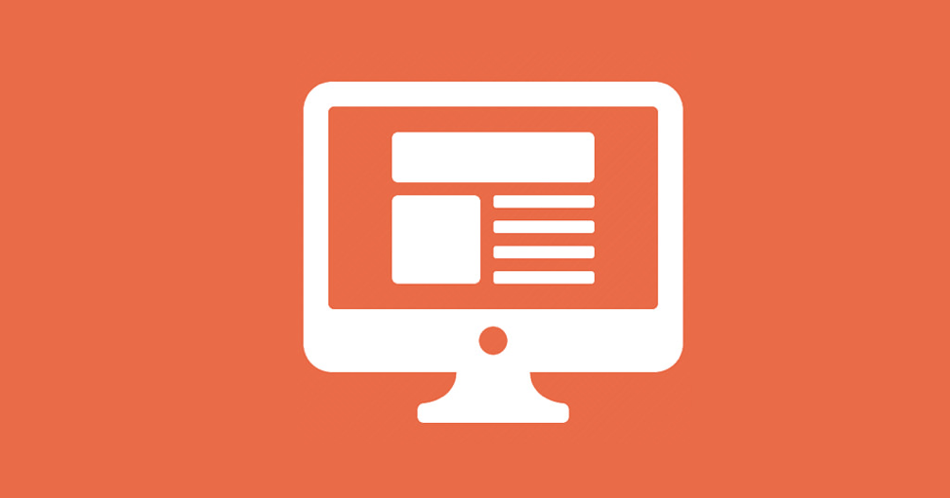4 Reasons Why White Space is Important in Design


In B2B marketing there are a variety of tactics that require design, including print and online advertisements, websites, whitepapers, infographics, business cards and pitch decks to name a few. Regardless of the tool you are using, you need to be selective with the content that you include. Many businesses have so much to share with prospects and clients, that they want to fill every inch of space with content but often the absence of content is even more impactful. This is where white space plays a role. White space is often referred to as negative space. It is the portion of a page left unmarked: margins, gutters, and space between columns, lines of type, graphics, figures, or objects drawn or depicted.1 Many people often see this as wasted space when the complete opposite is true.
Why should you use white space?
- To help the reader focus: A study from Microsoft involving more than 2,000 people has found that the average attention span has dipped to a low 8 seconds – down from 12 seconds in 2000.2 With declining attention spans, it’s even more important to help your readers focus on your message. When a page is packed with information and images your eye doesn’t know where to look. It’s a similar feeling to standing in the middle of Time Square. Your brain is so overstimulated, that you can’t focus. When you are designing your website, ads or collateral, you want to be sure that you leave enough white space around the important images and copy so they stand out. If you have more than one idea on that page, white space can be a great way to create separation. By using white space, you are guiding the reader’s attention and telling them where to focus.
- To improves readability: If copy is placed on top of busy images, or if there is too much copy packed into a tight space it’s difficult for the reader to understand what you are trying to communicate. Using a legible typography and proper sizing of the font is important but you also want to make sure that you use the right balance of content and white space so that the reader can digest the content easily. Research has shown that use of white space between paragraphs and in the left and right margins increases comprehension by almost 20%.2
- To establish trust: Research from Stanford University has shown that white space and its use in the overall page design on a website is a key determinant to building online trust with your users.3 By showing that you have a clear message and that you have the right amount of content you convey that you are a thought leader. Too much white space makes your page look bare which makes the reader feel that you are lacking content but too little white space just causes confusion. It is important to have balance in your design.
- To increases engagement: In B2B marketing, it’s all about engagement. Engaged prospects often become customers and engaged customers are often loyal, repeat customers. But how do you get them to engage with your content? Often, it’s your call-to-action (CTA) that drives that engagement. Since the CTA is so important, business leaders often ask for it to be made bigger. Because of space limitations, that is not always possible, but using the right amount of white space around a CTA can create that same effect. It will make it stand out and drive the desired action.
B2B marketing is not about pretty design it is about functional design. White space plays a key role in improving the functionality of your design whether it’s for an ad, a website or a printed piece of collateral. If you’d like to learn more about how to design engaging B2B content contact us today!
References
1 https://en.wikipedia.org/wiki/White_space_%28visual_arts%29
.png?width=2361&height=488&name=Mezzanine%20Logo_Horiz_RGB_on%20blue%20(1).png)
